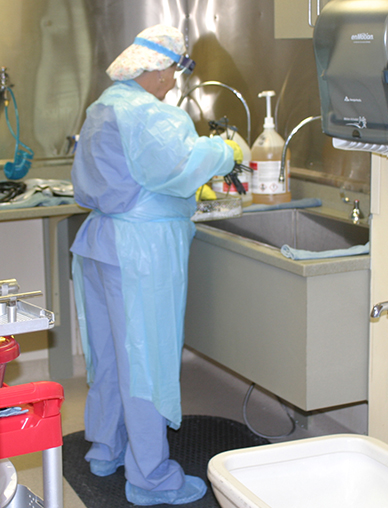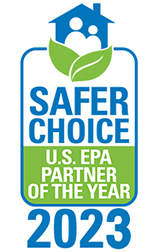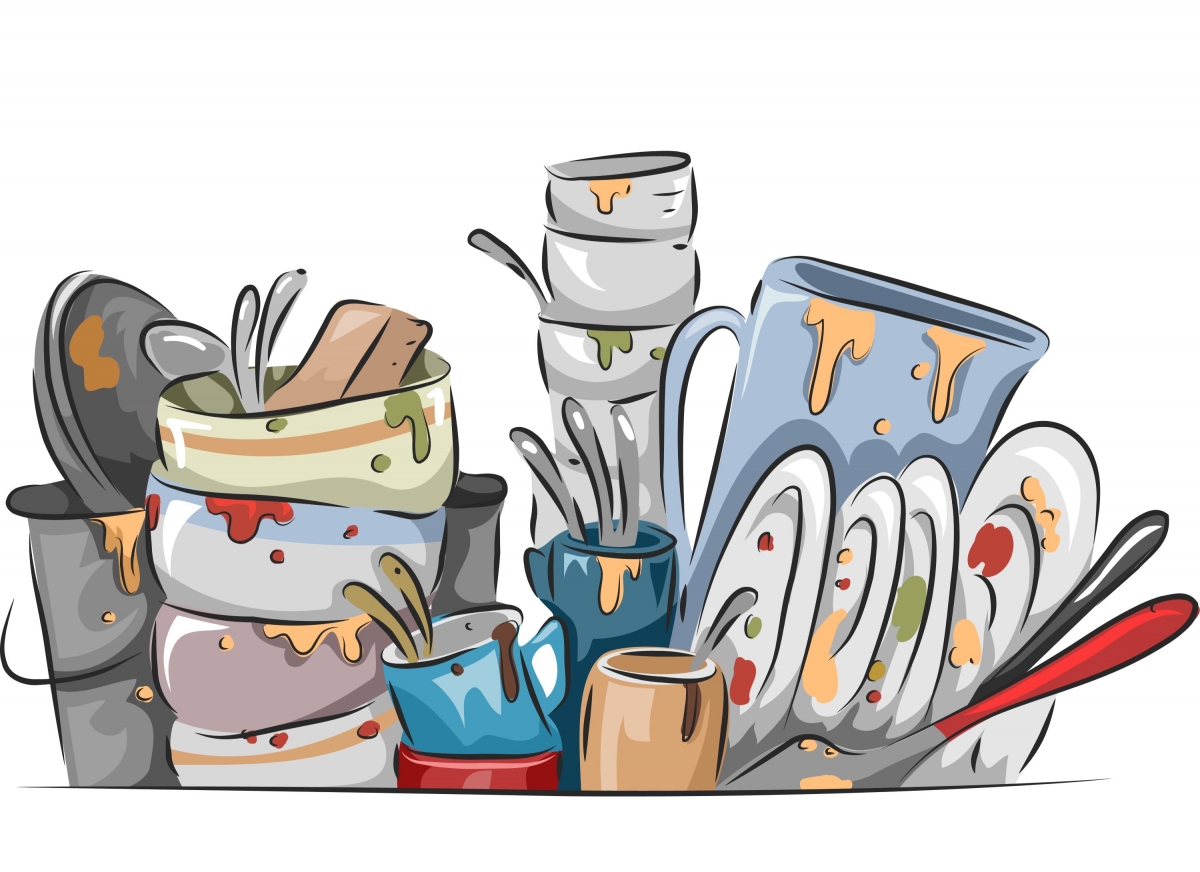
The Definition For Clean Means Washing and Rinsing
The Rationale


The Consequences
Our Solution... Introducing Rinse Wipes

Case Medical, the solutions company, developing products and services to support best practices, safer outcomes, and the circular economy. We designed our containers and trays to be truly reusable and manufacture solutions to preserve them and their functionality for years to come. Contact us to learn more about our 360 degree approach to instrument processing.
Case Medical is a U.S. EPA Safer Choice Partner of the Year and here to help you solve problems with sustainable and validated products and services. Look for the Safer Choice label when purchasing cleaning solutions for your department and for your home.
Visit us anytime at www.casemed.com to learn more about our products and services. We are here to help. Case Medical is a U.S. EPA SAFER CHOICE Partner or the Year for Manufacturer Formulator and recognized in NJ as Innovative Manufacturer of the Year.
Kindest Regards,






